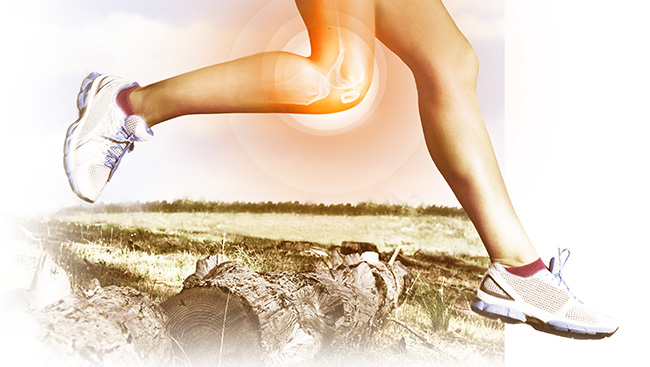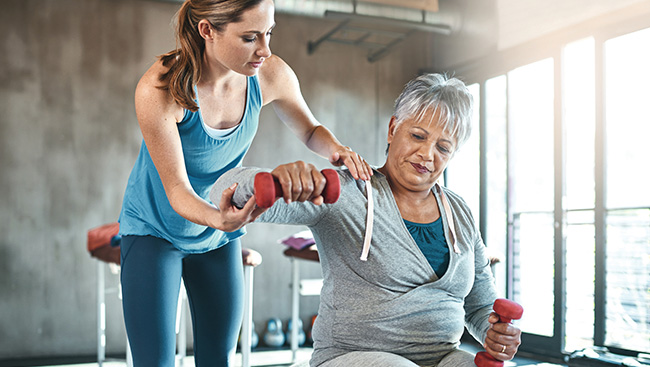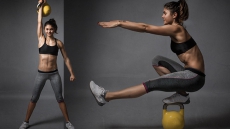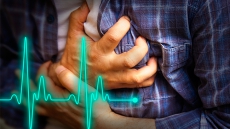During winter it’s natural to feel a little extra stiffness with aches and pains. However not all aches and pains are arthritis.
Does everyone get arthritis one day? We all experience some form of wear and tear, and during winter it’s natural to feel a little extra stiffness with aches and pains. However not all aches and pains are arthritis.
What is arthritis?
Arthritis is an inflammation of joints, which can affect one joint or many. Arthritis can be difficult to understand as there are more than 100 types. The most common forms are osteoarthritis (OA) and rheumatoid arthritis (RA).
Two common forms of arthritis:
|
Osteoarthritis (OA)
|
Rheumatoid Arthritis (RA)
|
|
Usually over 40 years old
|
Usually between 25-50 years
|
|
Cause: Faulty biomechanics = loss of cartilage
|
Cause: Autoimmune response = joint destruction
|
|
Onset: Slow and over many years
|
Onset: Sudden within few weeks or months
|
|
Affects: Larger weight bearing joints i.e. hip, knee, and spine
|
Affects: Small joints i.e. hands, feet or elbows
|
|
Usually unilateral maybe bilateral
|
Usually symmetrical
|
|
Morning stiffness usually less than 20 minutes
|
Morning stiffness usually more than one hour
|
|
May present with osteophytes at joint but not many generalized symptoms
RH factor not present
|
Osteophytes not seen and generalized weakness, fatigue and anemia may also exist
RH factor maybe present
|
|
Seen in both males and females
|
More common in females
|
Who can get arthritis?
Although arthritis can occur at any age, it is more common in adults 65 years and older. As there is a large variation in types and degrees of arthritis, the symptoms also vary. There are many factors that play a role in getting arthritis. It can vary from lifestyle to genetics. Arthritis can develop over years due to overloaded joints from excess weight and faulty posture, or from a genetic or gender bias.
What does arthritis feel like?
Joint pain, stiffness, swelling, and redness are common symptoms indicating arthritic changes. Arthritis is a complex condition as there are many variations and types of arthritis. Some people will notice associated symptoms of weakness, fatigue or joint deformities with progression of the conditions.
What causes arthritis?
Arthritis is inflammation and deterioration of the joint. Most joints are lined with a connective tissue that acts like a shock absorber. As this space wears out due to compressive forces or immune response, the joints gradually wear out and result in deterioration of the surfaces.
OA is a generic form of arthritis and this is often caused by normal wear and tear. Infections or injury can also exacerbate the natural breakdown. On the other hand, there are some auto immune forms of arthritis that attack the body and this affects the nutrition, health and integrity of the joint.
How is arthritis diagnosed?
It’s important to see your family doctor if you have any symptoms of joint pain or inflammation. After a detailed history, physical exam, blood work, and imaging, a diagnosis is made to determine the type of arthritis present. An X-ray, MRI, or CT scan can provide a more detailed look at the tissue; however in the initial stages it is not unusual if nothing is evident. Therefore, detecting signs of arthritis and reducing the aggravating factors can help manage this condition. Seeing the doctor can help slow the progression of deterioration as appropriate measures like medication or splinting can help. Often if tests are positive, you will see a rheumatologist. This is a specialist who can breakdown the information further and determine the treatment plan as it is often a long-term plan.
Associated conditions: Arthritis can spark different responses in the body and often when it is auto immune (body attacks itself), there can be many associated conditions like fibromyalgia, lupus, psoriasis, and Crohn’s disease.
What to do if you have arthritis?
Arthritis is a prevalent condition and affects one in five people. Although there is no specific cure for arthritis, there is much we can do to manage it. The primary goals of treatment are to manage pain and prevent further damage to the joint.
Medication: Following detailed investigation, the doctor will determine the appropriate course of action. It may vary from anti-inflammatories to corticosteroids. Depending on the extent of damage these medications may be in the form of oral medication, patches or injections.
Ice: Is often used to reduce inflammation or treat active joints.
Heat: Is often used to reduce stiffness and muscle guarding.
Splints: Can be used to support joint alignment and weakness that may be further compressing the joint.
Assisted devices: Like walking aids or tools in the house, the amount of fine motor control helps to reduce load on the joints
Treatments: Like physiotherapy, massage therapy and osteopathy, to help support good joint alignment and provide you with modified exercise programs.
Pool programs: Provide you with an alternative to weight bearing exercises allowing for good cardiovascular endurance training and minimizes joint loading.
What lifestyle changes can I make to manage arthritis?
To manage your symptoms it’s important to understand the aggravating factors.
Weight management is a key component of maintaining healthy joints as this reduces the impact and loading on the joints.
Diet plays a vital role in the healing process; a diet full of antioxidants, proteins and inflammation-reducing foods helps support a strong immune system and fuels the healing process. This may include fresh fruits, vegetables, herbs, and nuts. Foods to avoid are fried, processed, dairy and heavy meats.
Regular exercise is crucial to long term management, as a consistent program goes a long way. Pool programs are a wonderful way to incorporate strength and endurance training. Gradual progression of arthritic changes can lead to significant muscle imbalances so a well-designed program can encourage stretching and strengthening for better alignment.
Assisted devices and tools can offload joint surfaces so it’s important to be mindful of your body and use devices wherever possible. This can be simple tools like an electrical can opener, extra gripper attached to knives, stools to sit on when doing activity on the floor or lower surfaces.
Key take away
Listen to your body and identify the cause of your aches and pains early to minimize the long-term impact!
Sumen Singla-Goyal is a Registered Physiotherapist, Osteopathic Manual Therapist, and is serving on the Board of Directors of OsteopathyBC, in the hopes to create awareness about health and wellness. Sumen has been actively serving the Lower Mainland for over 10 years. She is very passionate about her work, and wants to empower her patients and community with tools for healthy living.








